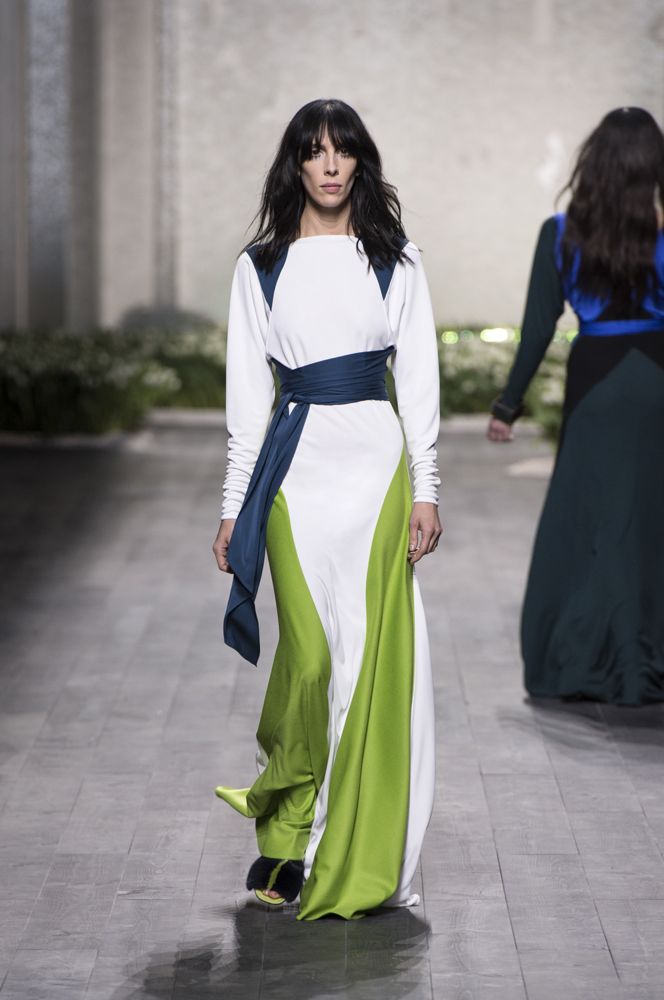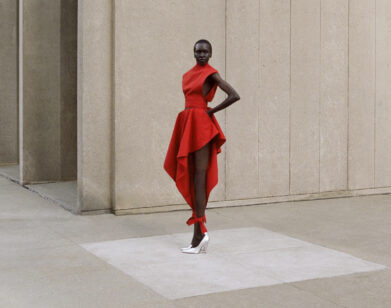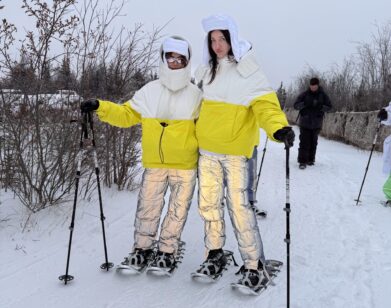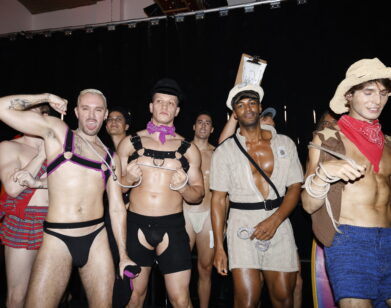Vionnet: Past, Present, and Future
“You cannot work with a brand like Vionnet without paying attention to the archives,” states Goga Askenazi, the creative director and chairman of the revived Parisian fashion house. “It was in Madeleine Vionnet’s DNA to be an innovator, so I always try to respect tradition by pushing creative boundaries a step further with each new collection.”
Originally established in 1912 and shuttered in 1939, Vionnet has gone through several different iterations since it reopened its doors seven years ago. Sophie Kokosalaki designed two collections for the house in 2006 and 2007, before being replaced by Marc Audibet. For Resort 2010, Aubidet was succeeded by Prada graduate Rodolfo Paglialunga, followed by Barbara and Lucia Croc for F/W 2012, and, finally, Askenazi for S/S 2013. But the appeal of Vionnet—its rich history rooted in the invention of the bias-cut dress and interwar feminist fashion—transcends any recent rockiness. As Askenazi emphasizes, “Vionnet reinvented the way women were dressing… She was known as the architect of fashion and is a point of reference for the entire fashion industry.”
Yesterday afternoon, Askenazi presented her eighth Vionnet collection at the Espace Ephémère Tuileries in Paris. This season’s Vionnet woman, the designer tells us, is “a dual woman: strong and powerful on one side; delicate and fragile and the other” and “never vulgar.” Opening with structured felt in grey and lime green, decorated with tulip-shaped cutouts, the show contained a little bit of everything: from sportswear-inspired gladiator-skirted dresses, to fur bustiers, a pajama onesie, a draped pinstripe dress, loose jumpsuits, and heavy skirts. “Madaleine Vionnet is the always the main source of inspiration,” explains Askenazi. “[But] this season we worked on multiple themes: Men’s suits, winter sports, and Valenki, which is a heavy felt material used to construct boots in Russia.”
Among the collection’s highlights were a light grey, buttonless felt coat layered over a white, fraying sweater dress, and the two closing curve-embracing, 1930s-inspired floor-length silk dresses, belted at the waist and worn by Jamie Bochert and Lily McMenamy. For Askenazi, however, the show’s most important message is the brand’s “passion and excitement.”







